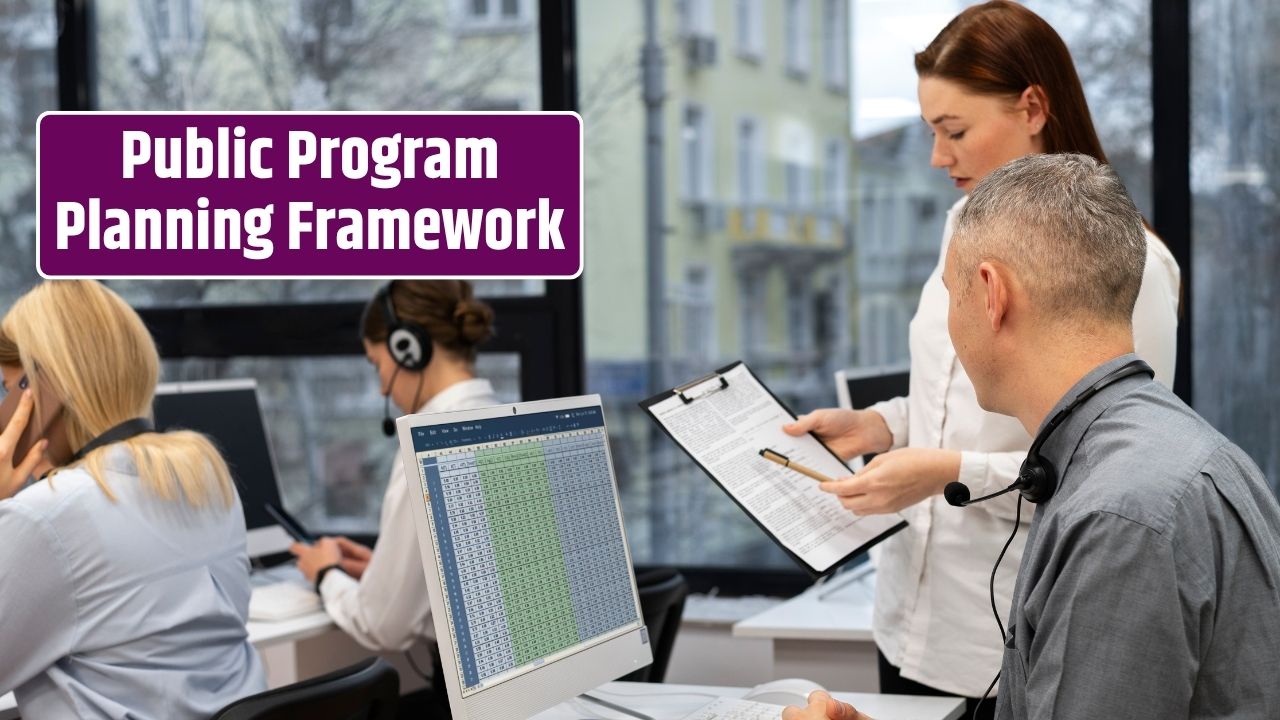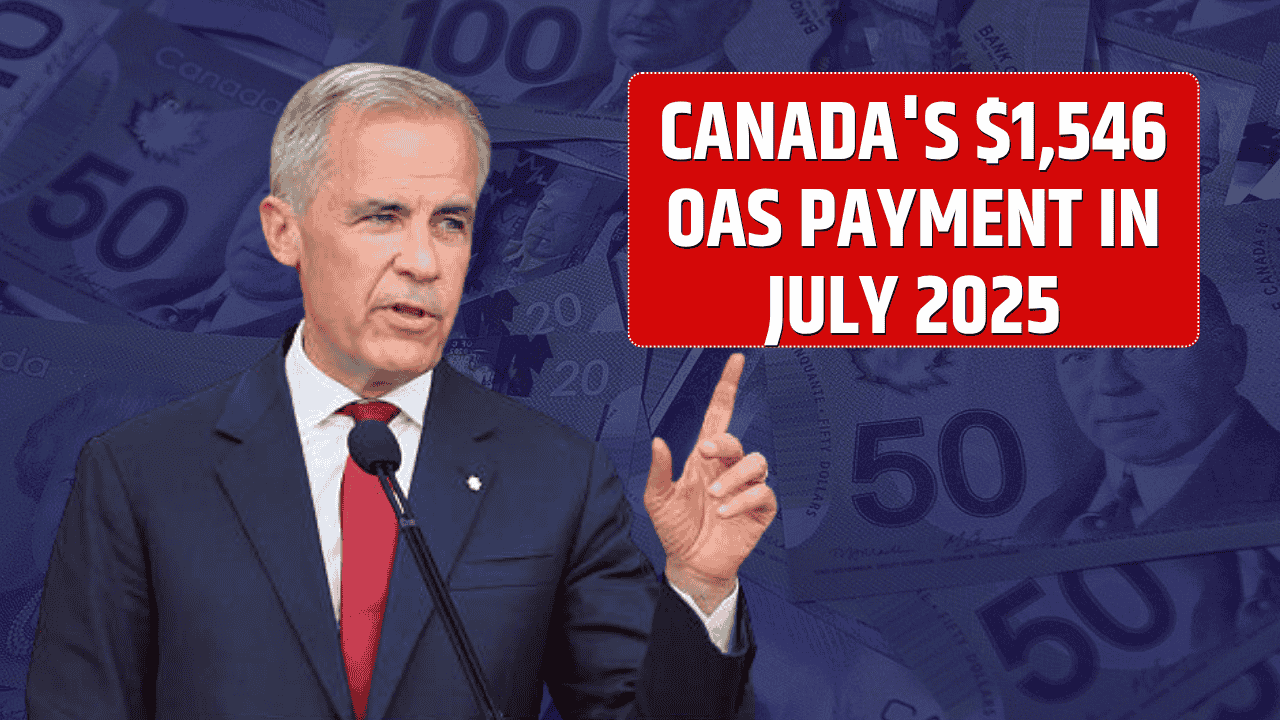In public program design, a logic model serves as a blueprint that connects the dots between resources, activities, and expected results. It provides a structured way to plan, implement, and evaluate government or nonprofit programs by illustrating how each component contributes to the intended goals. In 2025, as public accountability and data-driven policymaking take center stage, logic models have become indispensable tools for effective program planning and evaluation.
Whether it’s a workforce development initiative, a food assistance program, or a mental health intervention, a logic model helps decision-makers and stakeholders visualize how inputs lead to change—and how to measure success along the way.
Table of Contents
What Is a Logic Model?
A logic model is a visual representation that outlines the relationships between a program’s resources, activities, outputs, and outcomes. It helps stakeholders understand the “theory of change”—the underlying assumptions about how and why a program will work.
Basic Components of a Logic Model:
| Element | Definition |
|---|---|
| Inputs | Resources such as funding, staff, and materials needed to run the program |
| Activities | The actions or services delivered (e.g., training sessions, home visits) |
| Outputs | Direct products or services delivered (e.g., number of participants served) |
| Outcomes | Short-, medium-, and long-term changes (e.g., improved health, job placement) |
| Impact | The broader societal or systemic changes that result over time |
A well-constructed logic model shows not just what a program does, but why it does it and how those actions lead to meaningful outcomes.
Why Use a Logic Model in Public Programs?
1. Improves Planning and Clarity
Logic models force planners to think through each aspect of the program and how all elements connect. This results in better alignment between goals, strategies, and available resources.
2. Enhances Evaluation
A logic model provides a clear framework for what to measure. It helps evaluators determine which outcomes to track and which indicators matter most, making performance measurement more focused and useful.
3. Boosts Accountability
By mapping out the pathway to results, a logic model makes it easier to hold programs accountable for progress. It identifies milestones, clarifies expectations, and fosters transparency.
4. Supports Communication with Stakeholders
Whether you’re talking to funders, policymakers, or community partners, a logic model offers a simple, visual way to explain the program’s purpose and expected impact.
Logic Model in Action: Example
Here’s a sample logic model for a Job Training Program for Low-Income Youth:
| Inputs | Activities | Outputs | Outcomes | Impact |
|---|---|---|---|---|
| – Federal grant funding | – Skills training workshops | – 300 youth trained annually | – Increased job readiness | – Reduced youth unemployment |
| – Case managers | – Career counseling | – 250 resume reviews completed | – Higher job placement rate | – Greater economic mobility |
| – Local business partners | – Paid internships | – 150 internships completed | – Improved work experience and soft skills | – Reduced long-term reliance on welfare |
Logic Model Best Practices
- Start with the end in mind: Define the ultimate impact you want to achieve and work backward.
- Be realistic: Make sure the relationships between activities and outcomes are plausible and supported by evidence.
- Engage stakeholders: Co-developing the model with staff, participants, and funders ensures better alignment and buy-in.
- Update regularly: As programs evolve or face new challenges, the logic model should be revised to reflect current realities.
Limitations to Consider
While logic models are powerful, they’re not perfect:
- They can oversimplify complex systems.
- They don’t account for external factors (e.g., economic shifts, policy changes).
- They require good data systems and staff capacity to be effective.
Still, logic models are a strong starting point for strategic planning and continuous improvement.
In today’s data-driven policy environment, a logic model isn’t just a planning tool—it’s a foundation for transparency, effectiveness, and trust. By clearly mapping how public programs are supposed to work, logic models help ensure resources are used wisely, progress is measurable, and goals are realistically achieved. For public administrators, funders, and communities alike, understanding the logic model is key to designing programs that truly deliver.
FAQs
What is a logic model used for in public programs?
It’s used to plan, implement, and evaluate programs by showing how inputs lead to outcomes and long-term impact.
Is a logic model the same as a theory of change?
Not exactly. A logic model is more structured and linear, while a theory of change includes broader assumptions and causal pathways.
Can logic models be used for existing programs?
Yes, logic models are useful for both new and ongoing programs, especially for improving strategy and evaluation.
Who should create the logic model?
Ideally, it should be co-created by program managers, staff, stakeholders, and evaluators to ensure accuracy and alignment.


























